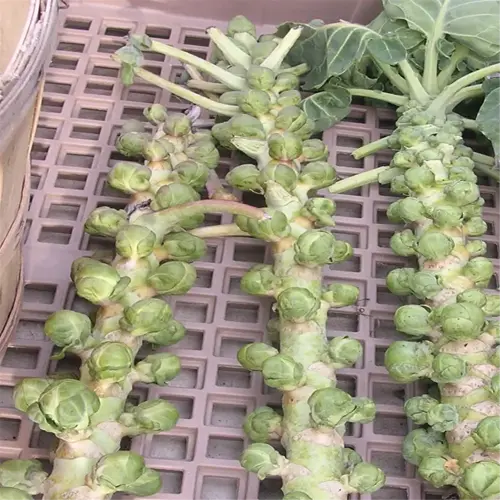Why is cauliflower difficult to grow?

Written by
Nguyen Minh
Reviewed by
Prof. Charles Hartman, Ph.D.Even experienced gardeners find growing cauliflower a challenge. This brassica requires specific pH (6.5-7.2) to avoid clubroot disease, and moisture needs to be kept steady to avoid developing bitter or loose heads. I lost a crop of cauliflower one year because of a single week of drought; I now will only plant cauliflower if I have a strategy in place for drip irrigation.
Temperature Sensitivity
- Ideal range: 50-70°F (10-21°C)
- Below 50°F causes stunting; above 75°F triggers bolting
- Use shade cloth or row covers during extremes
Pest Control
- Cabbage worms: Apply Bt spray every 7-10 days
- Aphids: Spray 1:2 dish soap-water mix at dawn
- Row covers block 90% of egg-laying insects
Nutrient Balance
- Yellow leaves? Side-dress with blood meal
- Browning curds: Test soil boron; add kelp emulsion
- Avoid high-phosphorus fertilizers, they hinder head formation
Timing determines success. I usually begin blanching once the heads have reached 2-3 inches (5-7.6 cm) in vertical height. Wait too long, and the sunlight will yellow the curds. I use rubber bands to secure the leaves and check daily to ensure no moisture is trapped to rot out the developing heads.
Relish in minor accomplishments. My initial harvest produced heads the size of a marble, but they roasted very deliciously. Perseverance can be taught every season. Share excess produce with neighbors, and they will be in awe of the home-grown flavor that supermarket produce will never have. Next, diversify your crops with purple varieties or Romanesco for visual theater.
Read the full article: How to Grow Cauliflower: 7 Essential Tips for Success

